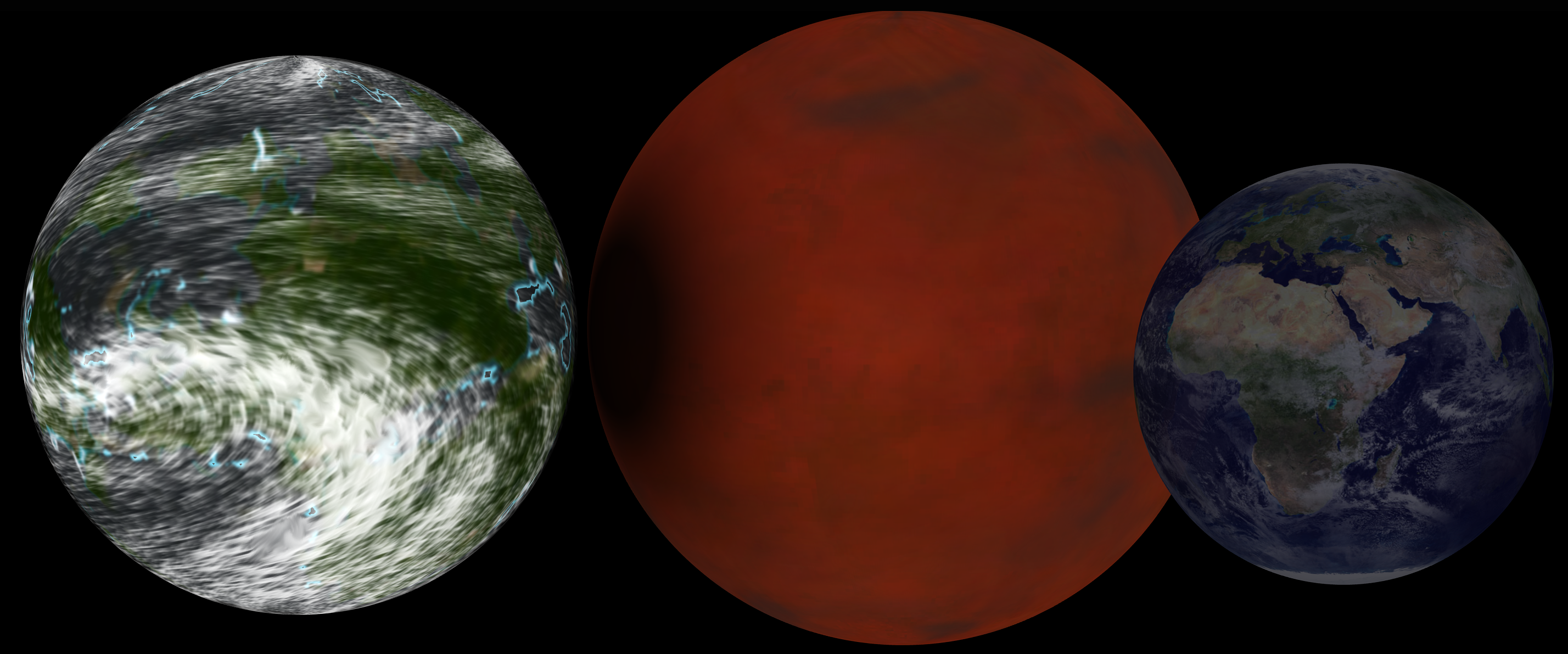Over the last few years astronomers have discovered over 400 planets outside our solar system. Most of these are large gas giant planets similar to Jupiter or Uranus and most of them orbit close to their parent stars. This probably reflects the fact that planets of this type are much easier to detect than their smaller, more distantly-orbiting counterparts; but now instruments are becoming sufficiently powerful to enable astronomers to spot smaller planets, known as "superearths".
 There are two main ways of finding distant planets, either by looking at how their gravity moves their star around, or by looking for the dip in brightness as the planet moves in front of its parent star. The first method can tell you the mass of a planet and the second how large it is: bigger planets block more light.
There are two main ways of finding distant planets, either by looking at how their gravity moves their star around, or by looking for the dip in brightness as the planet moves in front of its parent star. The first method can tell you the mass of a planet and the second how large it is: bigger planets block more light.
Now, using both of these methods, a team led by David Charbonneau from Harvard University has discovered a planet called GJ1214b orbitting a red dwarf star. The measurements reveal that the planet has a mass about 6.6 times that of Earth, but its volume is over 19 times larger; together these results show that the density of the planet is only about 1.9 times greater than water.
The only way to explain these findings would be if the planet contained a small core with an enormous atmosphere, but this is thought to be very unlikely. Instead the team think that it may be small rocky planet surrounded by a massive ocean, thousands of kilometres deep.
Attractive as this sounds, hospitable it probably isn't. The team predict that the water temperature would be about 190°C, so possibly not the next beach-holiday destination!









Comments
Add a comment